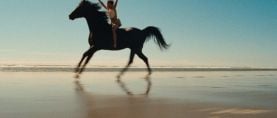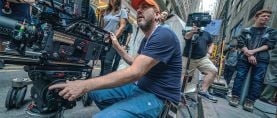Adding Authenticity to Masters of the Air
Costume designer Colleen Atwood on creating the ultimate leather
bomber jackets and much more for this ambitious World War II drama.
David E. Williams
Subscribe Today
Act now to receive 12 issues of the award-winning AC magazine — the world’s finest cinematography resource.





